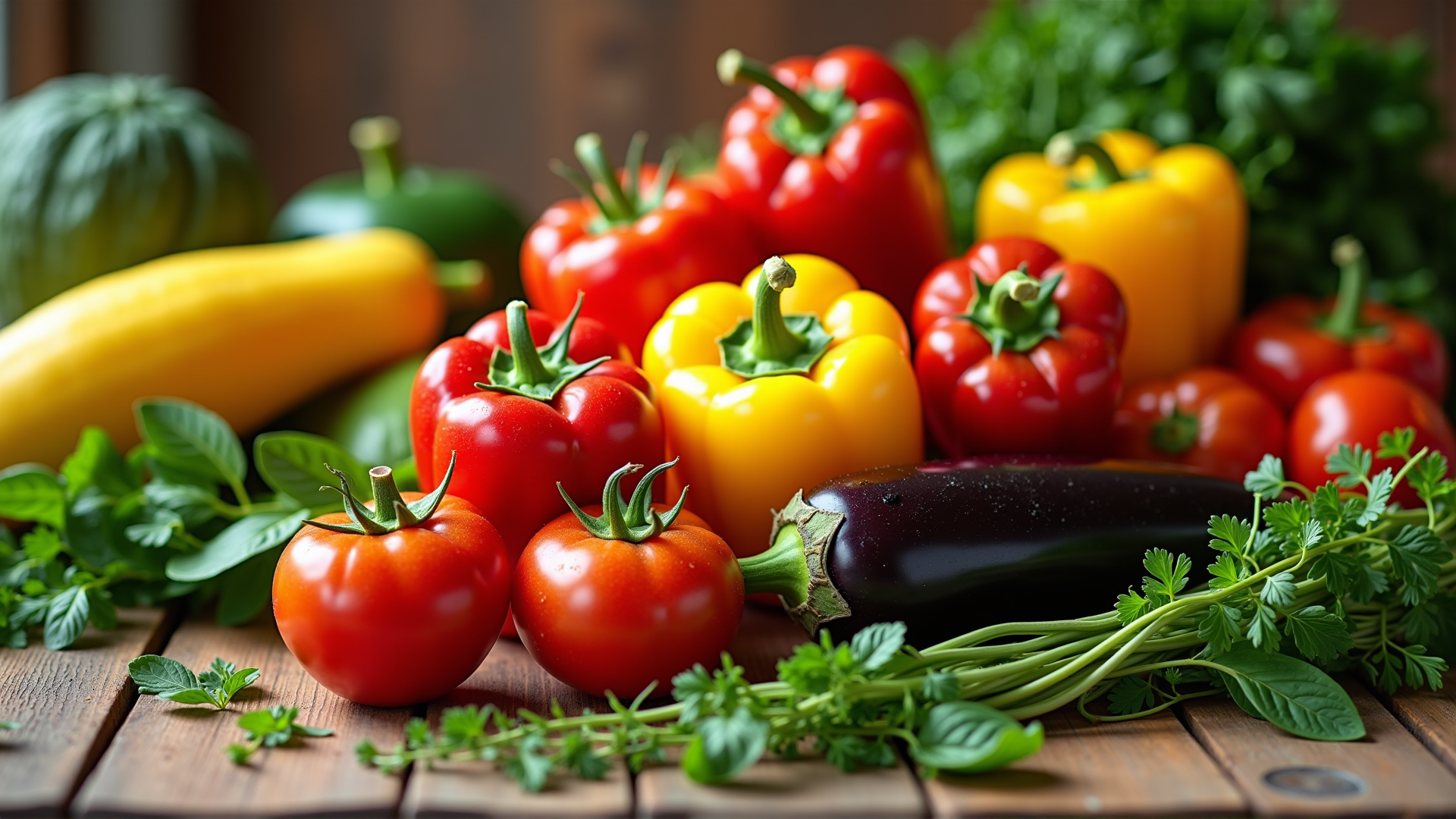In the culinary world, the use of fresh ingredients can be the defining factor between a dish that is simply good and one that is truly extraordinary. Fresh ingredients not only add vibrant flavors and exquisite textures to a meal, but they also provide essential nutrients that are often lost in processed or preserved alternatives. Mastering the art of selecting, storing, and preparing fresh ingredients is therefore a vital skill for any home cook or aspiring chef seeking to elevate their culinary creations.
The journey to unlocking the potential of fresh ingredients begins at the selection stage. When choosing fruits and vegetables, look for produce that is in season, as it is likely to be at the peak of its flavor and nutritional content. Seasonal produce is usually more cost-effective and environmentally friendly, as it requires less energy for transportation and storage. Additionally, pay attention to the color, texture, and aroma of the produce. Vibrant colors often indicate high nutrient content, while firm, blemish-free textures suggest freshness. Fruits and vegetables should emit a fresh and fragrant aroma; avoid items with a sour or musty smell, which could indicate spoilage.
Beyond produce, selecting fresh proteins like fish, poultry, and meats involves a similar attention to detail. Fish should have clear eyes, firm flesh, and a clean, ocean-like smell. Poultry and meats should be moist, plump, and free from discoloration. When possible, opt for organic or sustainably sourced options, which are less likely to contain harmful additives and are produced with consideration for animal welfare and environmental impact.
Once you have selected your fresh ingredients, proper storage is key to maintaining their quality. Many fruits and vegetables benefit from being stored in a cool, dry place, though certain items like berries and leafy greens should be kept in the refrigerator to prolong their freshness. Herb preservation techniques, such as wrapping them in a damp paper towel and placing them in a resealable bag, help maintain their vibrancy and flavor. Proteins should be stored in the coldest part of the refrigerator, typically the bottom shelf, and consumed within a few days of purchase. If you are unable to use them immediately, consider freezing to lock in freshness.
Preparation is where fresh ingredients truly come to life. Simple techniques that highlight the natural flavors and textures of fresh produce can transform a dish. For instance, roasting vegetables intensifies their flavors and brings out natural sweetness, while blanching maintains their color and crispness. When cooking proteins, techniques such as searing or grilling help develop complex flavors through the Maillard reaction, a chemical process that occurs when proteins and sugars are subjected to high heat.
To maximize both flavor and nutrition, strive to keep preparation methods as natural as possible. Limiting the use of heavy sauces or excessive seasoning allows the freshness of the ingredients to shine. Herbs and spices can add complexity and depth to your dishes without overshadowing the natural flavors of fresh ingredients.
Incorporating fresh ingredients into your everyday cooking is a journey that brings with it numerous benefits. Not only do you enhance your culinary repertoire, but you also contribute to a healthier lifestyle by consuming foods that are rich in vitamins, minerals, and antioxidants. Moreover, embracing fresh ingredients supports local farmers and reduces the environmental impact associated with long-distance food transportation.
Ultimately, mastering the use of fresh ingredients empowers you to create dishes that are not only nutritious and flavorful but also deeply satisfying. By focusing on selection, storage, and preparation, you unlock the full potential of fresh ingredients, transforming each meal into a culinary masterpiece.
